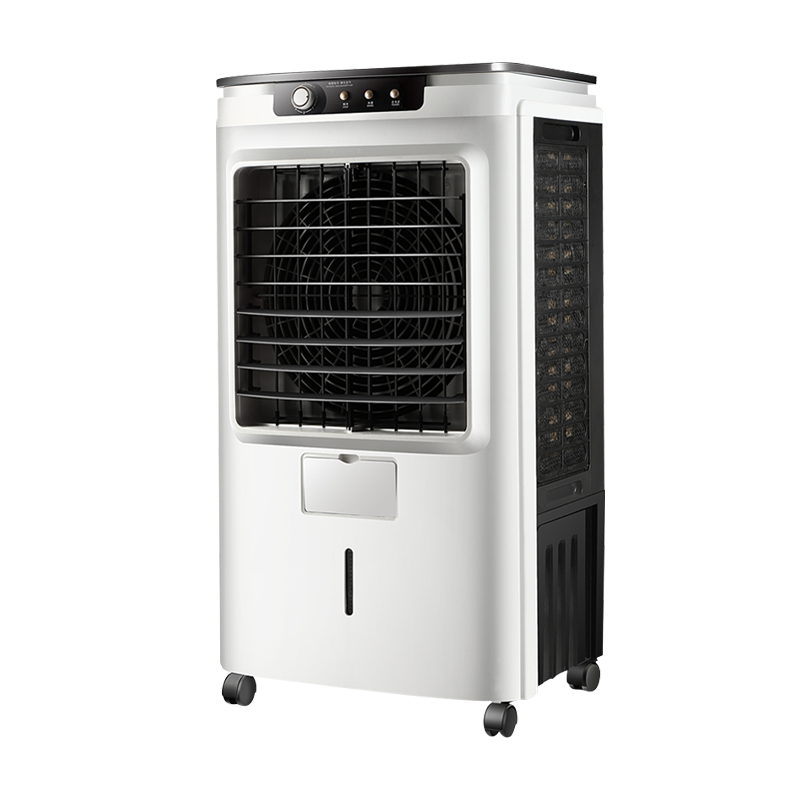An efficient, clean evaporative cooling pad can significantly improve cooling performance and air quality, while an aged, clogged pad can have the opposite effect.
Many users don't realize the severity of the problem until their air conditioner stops cooling completely. However, your evaporative cooling pad may already be giving off several clear signs of failure long before it reaches the end of its lifespan. Recognizing these signs and replacing them promptly will not only ensure a safe summer, but also save on energy bills and protect your equipment.
Five Clear Signs Your Evaporative Cooling Pad Needs Replacement
Regularly inspecting your evaporative cooling pad is crucial to ensuring its efficient operation. If you notice any or more of the following symptoms, it's time to replace your evaporative cooling pad.
1. Significant Decrease in Cooling Performance
This is the most obvious sign. If the air coming out of the air vents isn't as cool as before, even if the fan is still running normally, it's likely a problem with the evaporative cooling pad. Over time, minerals (scale) in water and dust in the air can clog the fine, corrugated fibers, reducing the area for water evaporation and significantly affecting cooling efficiency.
2. Persistent Musty or Unpleasant Odors
Does the air from your air cooler have a musty or fishy odor? This is usually caused by the evaporative cooling pads being exposed to moisture for an extended period, fostering the growth of mold, algae, and bacteria. While regular cleaning can alleviate this problem, if the odor reappears shortly after cleaning, it indicates that microorganisms have penetrated deep into the pads. For your health and indoor air quality, the pads must be replaced.
3. Visible Physical Damage or Deformation
A healthy evaporative cooling pad should have a strong structure and a smooth surface. Inspect your pads for the following conditions:
Noticeable Sagging or Collapse: This occurs when the pads lose their support due to prolonged water absorption, leading to deformation.
Peeling or Brittle Surface: This indicates the material is aged and flakes when touched.
Holes or Cracks: This can cause an "air short circuit," allowing uncooled air to be drawn in, reducing efficiency.
4. Excessive Mineral Scale (Scale)
This is particularly problematic in areas with hard water. White, crusty scale coats the surface and interior of evaporative cooling pads. When scale becomes thick and hard and cannot be removed with regular cleaning, it not only blocks airflow and water flow but also adds weight to the pads, placing additional strain on the entire unit's structure.
5. Poor performance or uneven water flow after cleaning
If you have thoroughly cleaned your evaporative cooling pads according to specifications but the cooling performance and odor issues persist, this indicates that the pad's fiber structure has deteriorated and is no longer effectively absorbing and evaporating water. Additionally, observe the water flow distribution. If the water does not evenly soak the entire pad, with uneven patches of wet and dry water, this is a clear indication that it's time to replace it.
Don't wait until your air conditioner stops functioning completely before considering maintenance. Regularly inspect your evaporative cooling pads and replace them promptly if you notice any signs of poor cooling, persistent odor, physical damage, or severe scaling. A new evaporative cooling pad will not only restore your unit to peak cooling performance, but also provide fresher, healthier air. The improved operating efficiency also results in longer-term energy savings.
 English
English 中文简体
中文简体 عربى
عربى Tiếng Việt
Tiếng Việt



 CONTACT US
CONTACT US